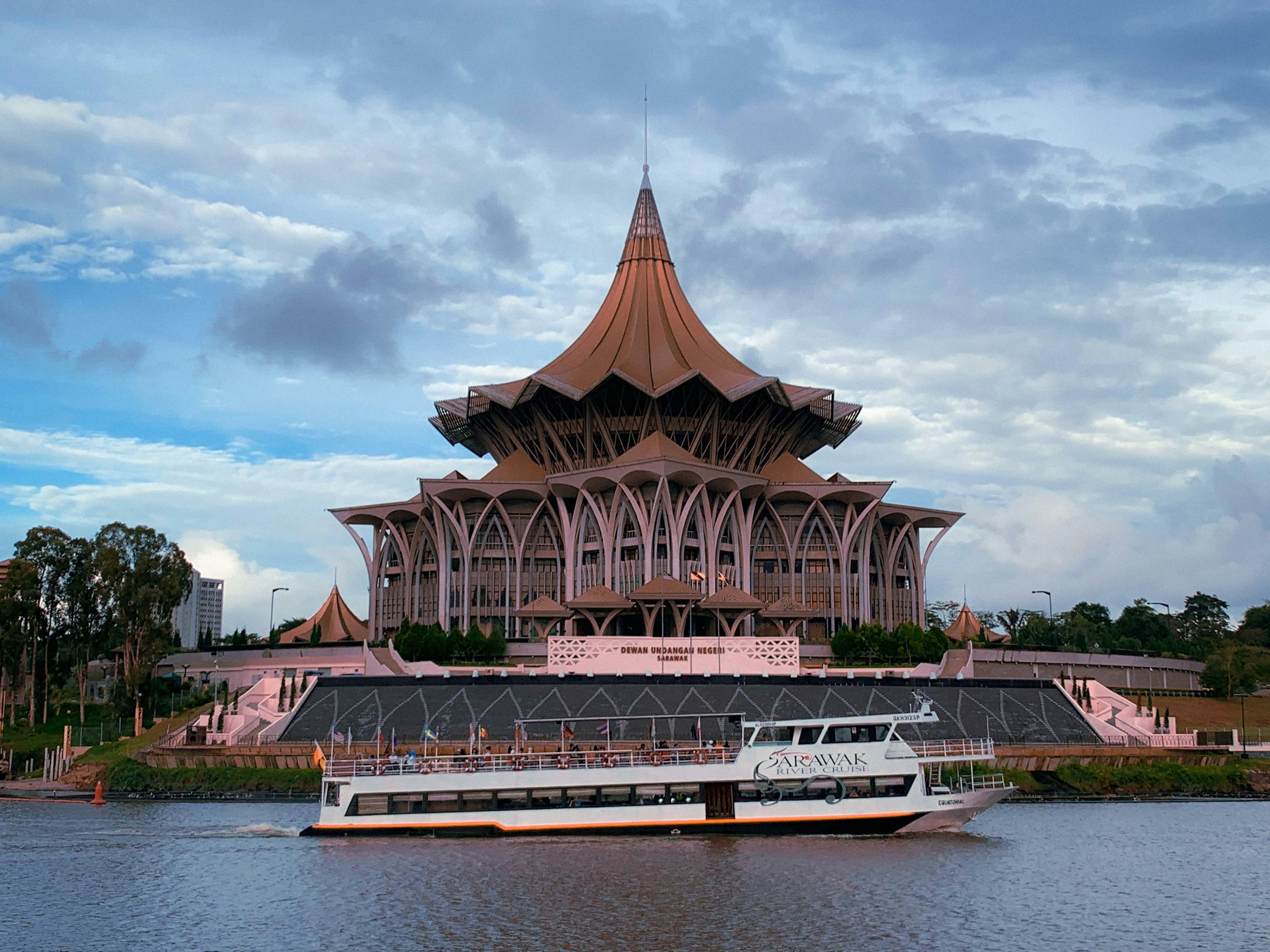Malaysia finds itself navigating an increasingly tight fiscal corridor. Debt is mounting, healthcare and education are growing costlier, and the public’s demand for stronger safety nets isn’t going away. Yet the most obvious fix—reintroducing a broad-based Goods and Services Tax (GST)—remains politically radioactive. The ghosts of the 2015 GST rollout, and its rapid repeal just three years later, still haunt policymakers. Anwar Ibrahim’s administration is all too aware that pushing unpopular taxes could trigger a voter backlash.
So where does that leave the nation’s fiscal strategy? It demands a wider aperture. Relying solely on taxation misses the broader suite of options Malaysia has at its disposal. Rethinking revenue means looking beyond the obvious—toward government-linked asset optimization, stronger compliance systems, and tapping into modern financial instruments.
This commentary outlines three priority strategies: maximizing returns on idle public assets, tightening enforcement to capture existing revenue, and harnessing emerging tools like green sukuk and digital service taxes.
Sprawling across Malaysia’s economy is a vast but underleveraged web of state assets. From federal land banks to shares in government-linked companies (GLCs), these holdings represent an opportunity often overlooked. Too many remain poorly monetized or sit dormant.
One approach gaining traction globally is asset recycling. Under this model, the government leases or divests mature assets—think highways, ports, or utility facilities—to private entities, channeling proceeds into new infrastructure. Australia’s multi-billion-dollar success with this strategy should serve as inspiration. Applied carefully, Malaysia could replicate this with underused urban buildings or infrastructure nearing the end of its public financing cycle.
Then there are public-private partnerships (PPPs). These collaborative models enable private capital to fund and operate infrastructure, with the government retaining regulatory control. If done transparently, PPPs can stretch public funds further without losing long-term oversight. A more transformative proposal would be to aggregate these scattered holdings under a dedicated, professionally run entity—perhaps a spinoff from Khazanah with a monetization mandate akin to Singapore’s Temasek. The aim: not just to hold, but to optimize and generate sustainable returns.
None of this involves new taxes. But it does require strategic clarity, transparency safeguards, and skilled asset managers willing to operate at arm’s length from political interference.
Malaysia doesn’t have to invent new taxes to fix its revenue problem. It just needs to collect what’s already due. Billions continue to leak through evasion, fraud, and underreporting. The Inland Revenue Board (LHDN) has flagged persistent audit gaps and enforcement bottlenecks.
Take the informal economy, which makes up close to 20% of GDP. This sector—dominated by gig workers, cash-based traders, and small unregistered businesses—largely escapes taxation, not necessarily out of malice, but because enforcement lacks reach. Tackling this doesn’t require brute force. Instead, digital tools and inter-agency data sharing can flag inconsistencies, automate risk profiles, and nudge compliance. Platforms that consolidate tax, customs, and licensing data can make evasion more visible—and less worthwhile.
A related opportunity lies in public procurement and licensing reform. Moving from manual to automated platforms for tender bidding, vendor registration, and license renewal could both reduce graft and boost fee collections. Streamlining these systems helps ensure fairness while widening the revenue net. Rather than squeezing more from compliant citizens, these reforms target leakages and restore trust in the system’s integrity.
The next frontier lies in financing mechanisms that align with global capital flows. Sustainability-linked finance is booming, and Malaysia already has a head start. Its issuance of green sukuk has attracted positive attention, showing that Islamic finance can intersect meaningfully with environmental goals. But more can be done. Expanding the issuance of green bonds—both locally and to foreign markets—could finance major public works in energy transition, flood mitigation, or sustainable mobility. This isn’t charity; global investors are actively seeking credible, climate-focused instruments.
Then there’s the fast-evolving space of digital services taxation (DST). As tech giants reap revenues in Malaysia without a proportional tax footprint, the need for digital tax regimes becomes more urgent. DSTs target economic activity, not corporate domicile. With careful design, Malaysia could introduce a DST that withstands international scrutiny while leveling the playing field.
Emerging tools like carbon pricing, natural capital valuations, or biodiversity credit markets may still be in early stages. But the direction of travel is clear. Countries that build the frameworks now will be positioned to reap fiscal rewards within the decade.
There’s no shortage of viable options for Malaysia’s revenue challenge. The real deficit is not fiscal, but political. Years of delay have made even modest reforms feel risky. But if the government wants to avoid painful austerity or repeat the mistakes of GST 1.0, it must act decisively.
Focus first on the low-hanging fruit: unlock value from public assets, close enforcement gaps, and deploy green finance tools. Each step buys time, builds trust, and signals credibility. Eventually, tax reform may return to the table. But reform is more palatable when citizens believe the system is working fairly, and no one is freeloading. In today’s capital markets, fiscal creativity is currency. Malaysia has the tools. What it needs now is the courage to use them.









.jpg&w=3840&q=75)




